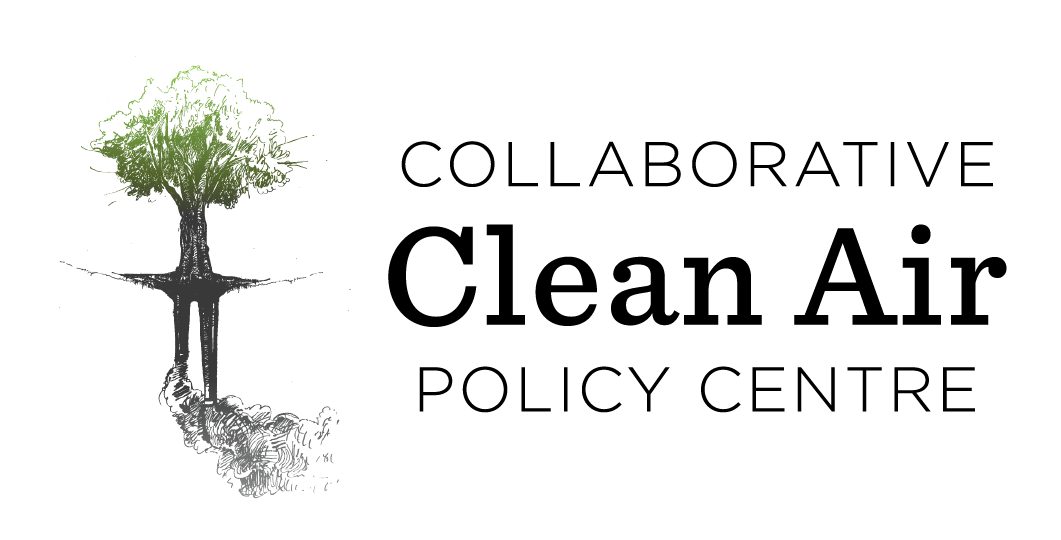Communicating air pollution-linked risks in India in light of the COVID-19 pandemic
Michael Brauer, Tanushree Ganguly, Prabhat Jha, Daniel Kass, Bhargav Krishna, Thomas Matte, Sumi Mehta, Chimurkar Navinya, Pallavi Pant, Harish C. Phuleria, K. Srinath Reddy, Katherine Walker
(Contributors in alphabetical order)
CCAPC/2020/04 | September 2020 | Edited by Santosh Harish | Posted: September 1, 2020
CCAPC joins the global public health and scientific community in mourning the loss of Professor Kirk R. Smith, an exemplary researcher, colleague, mentor, friend and, most of all, an iconic champion of clean air for everyone, especially the poor. Prof. Smith worked tirelessly to highlight the widespread health impacts of air pollution and explore ways to reduce them. We are deeply saddened by his sudden and unexpected death on June 15, 2020, at his home in Berkeley. Dr. Smith, Professor of Global Environmental Health at University of California, Berkeley’s School of Public Health, was the founding director of CCAPC. Read our tribute to him here.
Summary
This policy brief is a series of short commentaries from experts in atmospheric science and public health on the implications of the COVID-19 pandemic on communicating risks linked to air pollution in India. The series includes lessons offered by the lockdown-linked improvements on air quality management in India, syntheses of current evidence on links between air pollution and COVID-19 vulnerability, and the need for investing in improved public health data.
Harish C. Phuleria and Chimurkar Navinya analyse the sources that led to the improvements in air quality during the lockdown in Indian cities, using ambient air quality data and the Google community mobility report. They argue that reductions in vehicular emissions played an especially important role, and consequently for the need to invest in public transport infrastructure and promote electric vehicles while building on the behavioural changes during the COVID crisis in terms of greater acceptance of ‘work from home’ policies.
Sumi Mehta, Tanushree Ganguly, Thomas Matte, and Daniel Kass present a comprehensive overview of the heterogenous changes in air quality during the lockdown across India, the extant evidence of how air pollution exposure affects COVID-19 infection, and argue for the need to accelerate pollution mitigation efforts. Pollution levels may not just rebound, but deteriorate with resumption of economic activities, and they warn that this could lead to increased COVID-19 susceptibility. They stress on how “(t)here is no need to wait - data to improve decision-making can be strengthened in parallel with the implementation process.”
Pallavi Pant and Katherine Walker strike a cautious note on the flurry of new work analysing improvements in air quality during the lockdowns and the links between air pollution and COVID-19 susceptibility. While emphasising the evidence of air pollution exposure worsening susceptibility to previous infectious diseases, they note that “despite a large number of media reports on the topic, there is, as yet, limited direct evidence.” Pant and Walker also direct our attention to a significant body of literature on how best to analyse data— air quality or health outcomes— from natural experiments. Finally, they outline how this moment could strengthen the case for multi-sectoral, multi-pollutant governance in India.
Michael Brauer provides an immediate reason to accelerate air pollution mitigation efforts in India, warning that “interaction of high winter pollution levels with COVID-19 infections can have serious consequences”. Carefully reviewing the public health literature, Brauer describes the impacts of short and long term exposure to air pollution on worsening infections like COVID-19, and how air pollution may increase the virus transmission. He recommends that episodic sources like stubble burning need to be curtailed in tandem with increased pandemic management.
Bhargav Krishna and K. Srinath Reddy reflect on why the air pollution linked public health “emergency” not receive the urgent attention it deserves. They draw three lessons from the parallels between COVID-19 and air pollution to create systemic change in the latter. One, deliver clear and concise messaging, and demystify science in the manner epidemiologists have done with COVID-19 despite the uncertainty. Two, keep social justice front and centre in designing mitigation policy and move away from an urban-elite centred discourse. Three, adopt a holistic approach to combat air pollution and climate change through a just transitions framework.
Prabhat Jha discusses the challenges in documenting reliable mortality data during a pandemic in low and middle income countries. In settings where systematic registration of deaths by cause is unavailable under normal circumstances— an issue that also hinders the ability to study the impacts of air pollution on mortality in India— tracking the impact of the pandemic becomes all the more difficult. Jha outlines “emergency, albeit imperfect, solutions” to gather better mortality data to inform public health planning and tracking the progress of control interventions.
These commentaries serve as essential reading for researchers and advocates working towards improved air quality in India to understand emergent research on the linkages with COVID-19 infections, and the impacts of the lockdowns introduced to contain the spread of the virus. As pollution levels are set to dramatically increase with the onset of winter, India needs to simultaneously tackle this other public health crisis. The COVID-19 crisis presents many lessons, as well as some urgent reasons, to effectively communicate the risks of air pollution exposure to the public and to persuade policy-makers to accelerate, not just sustain, mitigation efforts that were interrupted by the pandemic.
